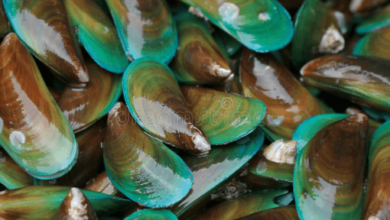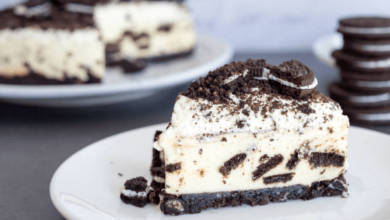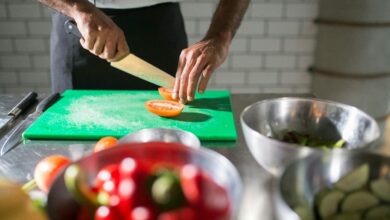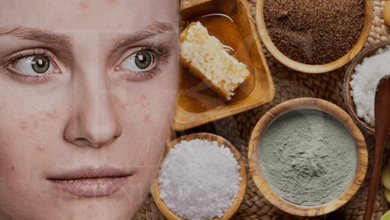Baking Like a Pro: Choosing the Right Flour for Every Recipe

As you ready your apron and prepare to bake up a storm, the most important decision you’ll make is your choice of flour. With so many options lining grocery store shelves, it can be overwhelming to select the right flour for your cookies, cakes, breads, and more. This guide will walk you through the purpose and best uses for several common flours like all-purpose, whole wheat, cake flour, bread flour, and self rising flour. Armed with the knowledge of which flours lend the perfect texture to your baked goods, you’ll be able to bake like a pro in no time. From light and airy cakes to chewy artisan bread, we’ll explore how the right flour creates baked goods you’ll be proud to serve. So preheat that oven and get ready to become a flour pro!
Understanding Different Types of Flour
- All-Purpose Flour: All-purpose flour has a medium protein content and is versatile for use in various recipes. It is suitable for cookies, cakes, and breads. Examples of dishes that work well with all-purpose flour include chocolate chip cookies, pound cake, and classic white bread.
- Self Rising Flour: Self rising flour contains baking powder and salt, making it convenient for recipes requiring leavening agents. It is ideal for quick breads and certain types of cakes. Examples of dishes that work well with self rising flour include biscuits, scones, and quick muffins.
- Bread Flour: Bread flour has a high protein content that forms a strong gluten network. It is ideal for yeast breads and pizza dough. Examples of dishes that work well with bread flour include sourdough bread, baguettes, and pizza crust.
- Cake Flour: Cake flour has a low protein content and a fine texture. It is bleached for an improved texture and perfect for tender and delicate baked goods. Examples of dishes that work well with cake flour include angel food cake, chiffon cake, and cupcakes.
- Whole Wheat Flour: Whole wheat flour is made from whole grains and has a higher fiber content. It is best for hearty and dense baked goods. Examples of dishes that work well with whole wheat flour include whole wheat bread, bran muffins, and whole grain pancakes.
To bake like a pro, you must understand how different types of flour can influence the outcome of your recipes. Selecting the appropriate flour for your baked goods is key to achieving optimal texture, appearance, and flavor. With the right choice of flour, you will be well on your way to baking success.
Choosing the Right Flour for Your Recipe
All-Purpose Flour
All-purpose flour is a blend of soft and hard wheat flours that contains a moderate amount of protein, typically around 10-12%. This versatile, multi-use flour works well in most recipes and provides structure to baked goods while still producing a tender crumb. All-purpose flour is ideal for cookies, cakes, muffins, and some breads.
Bread Flour
For yeast breads and other baked goods that require an elastic dough, use bread flour. It has a higher protein content, usually 12-14%, which provides enough gluten to trap air bubbles during rising and create a chewy crumb. Bread flour is essential for artisanal loaves, pizza crust, pretzels, and bagels.
Cake Flour
Cake flour has a low protein content, around 8%, and a fine grain that results in tender and delicate cakes and pastries. It is usually bleached and enriched with nutrients. Cake flour should be used for cakes, especially lighter sponge or chiffon cakes, as well as some cookies. For the lightest cakes, you can substitute a flour blend of one part all-purpose flour and two parts cornstarch or arrowroot starch.
Self Rising Flour
Self rising flour is all-purpose flour that has leavening agents like baking powder and salt added. It is convenient when you want to make quick breads, muffins or biscuits but do not have baking powder and salt on hand or prefer not to measure them. However, the leavening agents break down over time and during heat exposure. So for the best results, use self rising flour within 6-12 months of opening and avoid subjecting it to very warm temperatures. Self rising flour works great for muffins, quick breads, and biscuits.
Following the tips for choosing the right flour will ensure you achieve optimal results for all your baking endeavors. Experiment with different flours and make notes on what you learn – your skills and confidence will rise with each recipe.
Conclusion
As you have learned, choosing the right flour is essential for baking success. All-purpose flour offers versatility for most recipes, while bread flour gives yeast breads that chewy texture. For tender cakes or cookies, cake flour creates the ideal crumb. Self-rising flour eliminates one step with its built-in leavening. Now armed with knowledge on the nuances of flours, you can approach any recipe with confidence. Experiment and find which flours you prefer for different baked goods. With practice, you will be able to bake like a pro.





